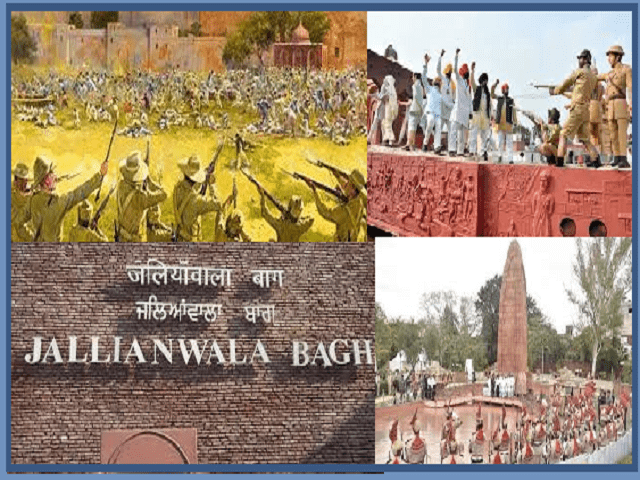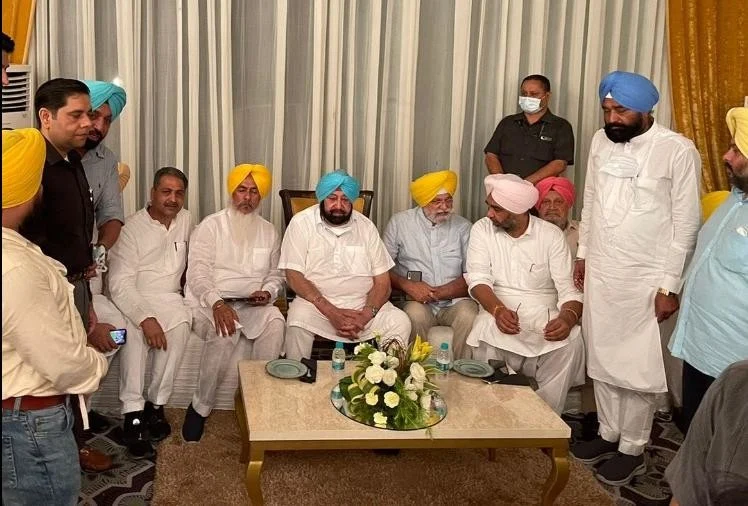Prime Minister Narendra Modi to virtually inaugurate the historical monument Jallianwala Bagh, which was closed for one and a half years due to Corona epidemic. As per information PM Modi will inaugurate the monument on August 28.
Notably, On 13 April 1919, the British carried out a massacre at Jallianwala Bagh in Amritsar. It has been 102 years since this massacre, while the British government expressed deep regret 100 years after the massacre. The wounds of this brutal incident are so deep that even today the ramparts of Jallianwala Bagh are present, which people come to see. So today Jallianwala Bagh has become a tourist spot. Some changes have been made by the Punjab government at a cost of Rs 20 crore. Although the renovation work was to be completed last year, it got delayed due to Corona. Now after almost a year and a half, its doors are going to open again, that too in a new form with changes.
According to media reports, “Jallianwala Bagh, which closed at 5 pm, will now remain open till late evening. Light and sound show will be organized here. Once earlier also a light and show was started in the voice of Amitabh Bachchan, but it could not be successful. Now a digital documentary has been prepared, which can be seen by around 80 people sitting in the gallery built in Jallianwal Bagh.”
Now as soon as they come to Jallianwala Bagh, the first attention of the tourists is going to be on the entrance. This is the narrow road from where General Dyer had asked the army to enter. Here now beautiful laughing and playing people are shown. This door is dedicated to the martyrs who reached Jallianwala Bagh with their families laughing on the day of Baisakhi on 13 April 1919.
Also Read –
http://Dragon scared of Taliban: China deployed its top security agencies in Pakistan
Three galleries dedicated to the Jallianwala Bagh massacre and martyrs have been built. Documents related to martyrs are kept in this gallery. From which today’s young generation will know about the tortures meted out to the martyrs.
Going a little further from the well, you will see a wall. This is the wall on which the bullet marks are still there, so that today’s young generation can understand the pain and pain of those killed at that time. To protect it, a railing has been put in front of the wall, so that people can see it, but cannot touch it.












